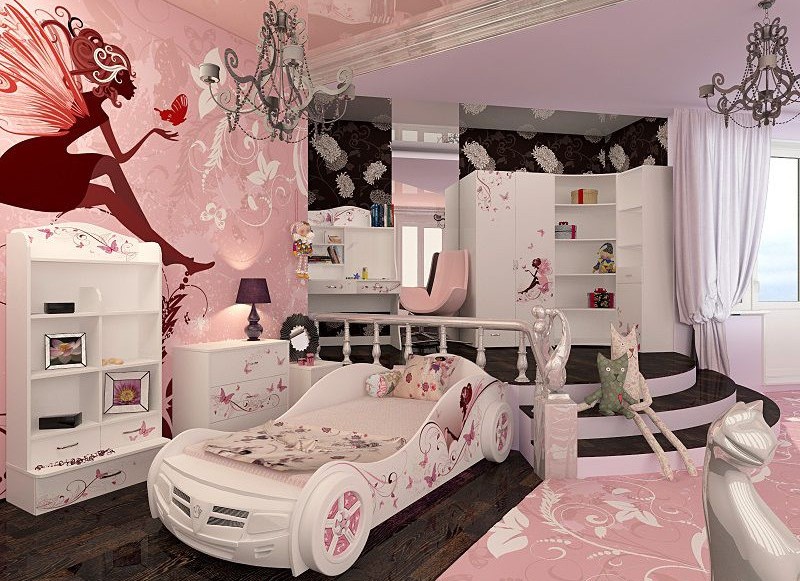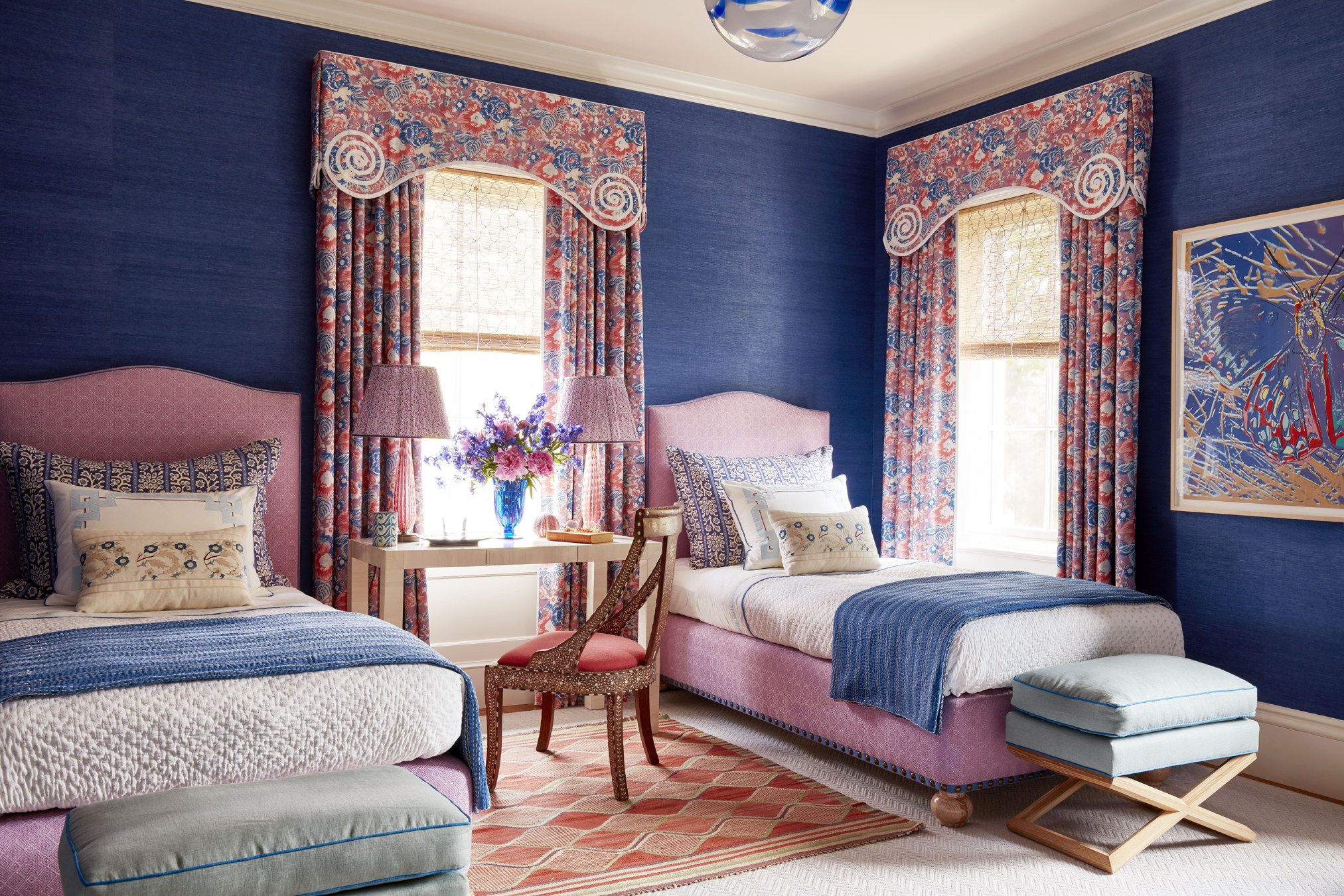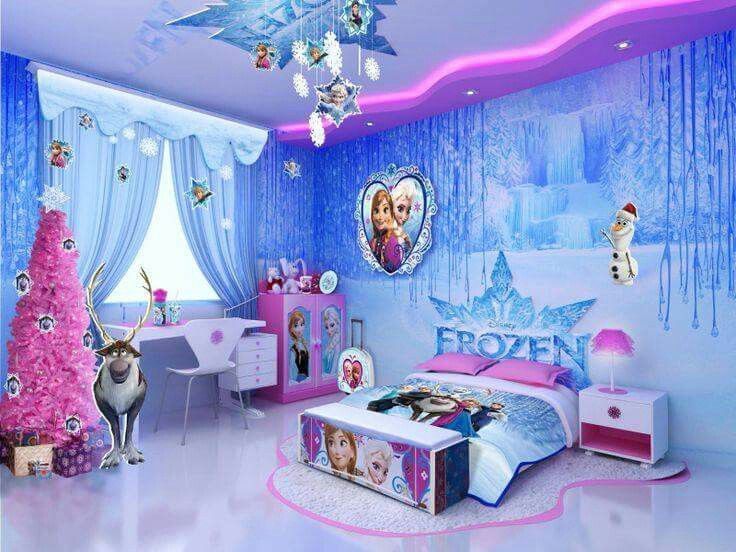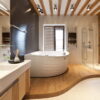Decorating a girl’s bedroom involves more than just picking a favorite color. It’s about creating a space that reflects her personality while providing a comfortable and functional environment. The challenge lies in choosing a color scheme that balances aesthetics, mood, and practicality. Often, parents and decorators find themselves stuck between trending colors and timeless choices, making it tough to settle on the best options.
Using the PAS (Problem-Agitate-Solution) framework, we’ll address the common issues with choosing bedroom colors, why sticking to popular trends might not always work, and how to select a color scheme that works for both current needs and future changes.
Problem: Overwhelming Choices and Short-Lived Trends
Choosing the right color scheme for a girl’s bedroom can be overwhelming due to the vast array of options available. From vibrant hues to pastel shades, the choices are endless, and trends can change quickly. Parents often face the challenge of selecting a color scheme that is both appealing and practical. Popular trends might seem appealing at the moment but can quickly become outdated as new trends emerge.
A 2020 survey by the National Sleep Foundation revealed that 65% of parents who chose trendy colors for their children’s rooms ended up redecorating within five years. The primary reason was that the trends did not match their child’s evolving tastes or the practical needs of the room.
The frustration doesn’t end with simply choosing a color. Overly trendy or mismatched colors can make the room feel chaotic, impacting both the aesthetic and functionality of the space. Parents and decorators need to avoid making decisions that might lead to dissatisfaction and frequent redesigns.

best color schemes for girls’ bedrooms
Agitate: Why Following Trends Alone Can Backfire
Relying solely on color trends can backfire for several reasons. Trends come and go, and what’s popular today might not be favored tomorrow. This constant shift can lead to a room that feels outdated or doesn’t match your child’s evolving interests and preferences.
A study conducted by the University of Exeter found that rooms with colors that do not align with the occupant’s personal preferences can lead to a decrease in overall satisfaction. Children’s tastes and preferences often change rapidly, and a color scheme that seemed perfect a few years ago may no longer resonate.
Additionally, some color trends may not always be practical. For instance, darker colors might make a room feel smaller and less inviting, while overly bright colors can be overwhelming, especially for younger children who need a calm and restful environment.
Solution: Timeless and Flexible Color Schemes
To create a bedroom that is both stylish and functional, consider color schemes that are timeless, flexible, and can grow with your child. Here are some of the best color schemes that offer longevity and adaptability:

best color schemes for girls’ bedrooms
1. Soft Pastels for a Calm and Cozy Environment
Soft pastels like pale pink, lavender, and mint green are classic choices for girls’ bedrooms. These colors create a soothing and calm environment, which is beneficial for relaxation and sleep. Pastels are versatile and can be paired with various accents to refresh the room without a complete overhaul.
A case study by the American Academy of Pediatrics highlighted that children who slept in rooms with soft, calming colors experienced better sleep quality and a reduction in bedtime resistance. Pastel shades are gentle on the eyes and contribute to a peaceful atmosphere.
Actionable Tip: Use pastel colors as the primary wall color and incorporate accent pieces like bedding, rugs, or curtains in complementary shades. This approach allows for easy updates as your child’s tastes change.
2. Neutral Bases with Pops of Color
Using neutral colors like beige, gray, or white as the base of the room allows for flexibility. Neutrals provide a timeless backdrop that can be easily updated with pops of color through accessories, artwork, or textiles. This scheme accommodates changing preferences without requiring a complete redesign.
A 2021 survey by Houzz found that 55% of parents preferred neutral base colors for their children’s rooms, citing the ease of updating with new accessories as a major benefit. Neutral bases offer a calm and adaptable foundation that grows with your child.

best color schemes for girls’ bedrooms
Actionable Tip: Start with neutral walls and introduce color through accent pieces like throw pillows, lampshades, and wall art. This method lets you adjust the color scheme as your child’s interests evolve.
3. Monochromatic Schemes for a Cohesive Look
Monochromatic color schemes use variations of a single color, creating a cohesive and harmonious look. For example, using different shades of blue or green can make the room feel unified and balanced. Monochromatic schemes are visually appealing and can make a room feel larger and more organized.
A study published in the Journal of Environmental Psychology found that monochromatic color schemes help in creating a serene and uncluttered environment, which is especially beneficial in a child’s room.
Actionable Tip: Choose one color and use different shades for walls, furniture, and accessories. This approach ensures a cohesive look while allowing for creativity within a single color family.
4. Color Blocking for Visual Interest
Color blocking involves using distinct blocks of contrasting colors to create a visually interesting space. This technique can be applied to walls, furniture, and decor items, adding a dynamic element to the room. It’s an excellent way to incorporate bold colors in a controlled manner.
A 2018 report by the Color Marketing Group noted that color blocking is increasingly popular for children’s rooms, providing a playful and stimulating environment. It allows for creativity and can be adjusted as needed.
Actionable Tip: Use color blocking to create feature walls or separate areas within the room. Pair bold colors with neutral tones to avoid overwhelming the space.

best color schemes for girls’ bedrooms
Conclusion: Choosing a Timeless Palette
Selecting the best color scheme for a girl’s bedroom involves more than following trends. By focusing on timeless and flexible color options, you can create a space that remains stylish and functional as your child grows. Soft pastels, neutral bases, monochromatic schemes, and color blocking offer a range of options that cater to different tastes and practical needs.










